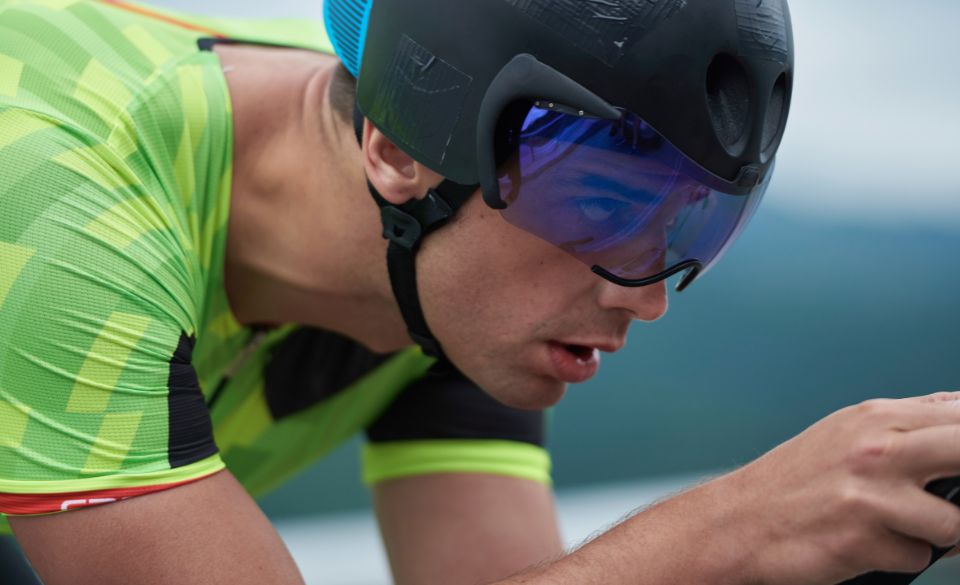
How Many Hours a Week Do Triathletes Train?
Page Contents
Triathlon is an exhilarating multisport endurance event that pushes athletes to their limits. It combines swimming, cycling, and running, demanding exceptional physical and mental stamina. If you’ve ever wondered how much time triathletes dedicate to their training, you’re in the right place. In this article, we’ll delve into the training routines of triathletes and explore the factors that influence the number of hours they commit to training each day and week.
Factors Affecting Training Time
The amount of time triathletes spend training can vary significantly based on several factors. These include the distance they compete in (sprint, Olympic, half-Ironman, or Ironman), their experience level, personal goals, and the time available to them. Professional triathletes, who make a living from the sport, often devote more hours to training compared to amateurs who balance training with work and other commitments.
Studies on Training Time
Several studies have examined the training regimens of triathletes to determine the average number of hours they invest in their preparation. One study published in the Journal of Sports Sciences in 2018 surveyed 1,859 triathletes across different distances and found that the mean training duration per week ranged from 7.7 to 15.2 hours, depending on the race distance. Another study, conducted by the British Triathlon Federation, reported that elite triathletes trained an average of 28.9 hours per week, with a range of 17 to 37 hours.
It’s important to note that these numbers represent averages, and individual training time can vary significantly. Some athletes may train fewer hours due to time constraints or personal circumstances, while others may push themselves to the extreme, investing over 20 hours per week in training. Ultimately, the number of hours a triathlete trains depends on their specific goals, abilities, and commitment to the sport.
Balancing Training and Recovery
While it’s tempting to focus solely on training hours, it’s crucial to emphasize the importance of recovery in any athlete’s regimen. Recovery allows the body to adapt to the stress of training and reduces the risk of injury and overtraining. Neglecting recovery can lead to burnout and hinder performance gains.
Triathletes incorporate rest days, active recovery sessions, and sufficient sleep into their training schedules. These elements aid in muscle repair and growth, replenishing energy stores, and improving overall performance. Finding the right balance between training and recovery is key to achieving optimal results and avoiding exhaustion.
Training Strategies and Tips
Now that we have a better understanding of the factors influencing triathletes’ training time and the importance of recovery, let’s explore some training strategies and tips that can help triathletes optimize their performance.
Structured Training Plans
To make the most of their training time, triathletes often follow structured training plans. These plans are designed to progressively build their fitness levels, targeting specific areas such as endurance, speed, and technique. A well-designed plan typically includes a combination of swim, bike, and run workouts, along with strength training and flexibility exercises. By following a structured plan, athletes can ensure they’re covering all the necessary aspects of their training and making efficient use of their time.
Time Management
Triathlon training requires excellent time management skills, especially for athletes juggling multiple responsibilities. Planning and organizing your schedule in advance can help ensure that you allocate enough time for each training session without neglecting other commitments. It may involve waking up early to fit in a workout before work or dedicating specific time blocks during the day for training. By being disciplined and proactive in managing your time, you can strike a balance between training and other aspects of your life.
Quality Over Quantity
Training for triathlons isn’t just about the number of hours spent training; it’s about the quality of those hours. Focusing on the quality of your workouts can be more effective than simply trying to accumulate more training time. Incorporating interval training, where you alternate between high-intensity efforts and recovery periods, can help improve your cardiovascular fitness and race pace. Additionally, paying attention to proper technique and form during your swim, bike, and run sessions can enhance efficiency and reduce the risk of injuries.
Listen to Your Body
While it’s essential to have a dedicated training plan, it’s equally important to listen to your body and adapt your training accordingly. Pushing through fatigue and training when you’re injured or overly fatigued can lead to setbacks and hinder progress. It’s crucial to pay attention to warning signs of overtraining, such as persistent fatigue, decreased performance, and increased susceptibility to illness. Rest and recovery are just as important as the training itself, so don’t hesitate to take rest days or ease up on your training if needed.
Final Words
In conclusion, triathletes dedicate varying amounts of time to their training based on factors such as race distance, goals, and experience level. Following structured training plans, managing time effectively, prioritizing quality over quantity, and listening to your body are all key strategies for optimizing training and performance. Triathlon training requires commitment and discipline, but with the right approach, you can find a balance that allows you to reach your goals while enjoying the journey. So, lace up your running shoes, grab your goggles, and hop on your bike – it’s time to dive into the world of triathlon training!



